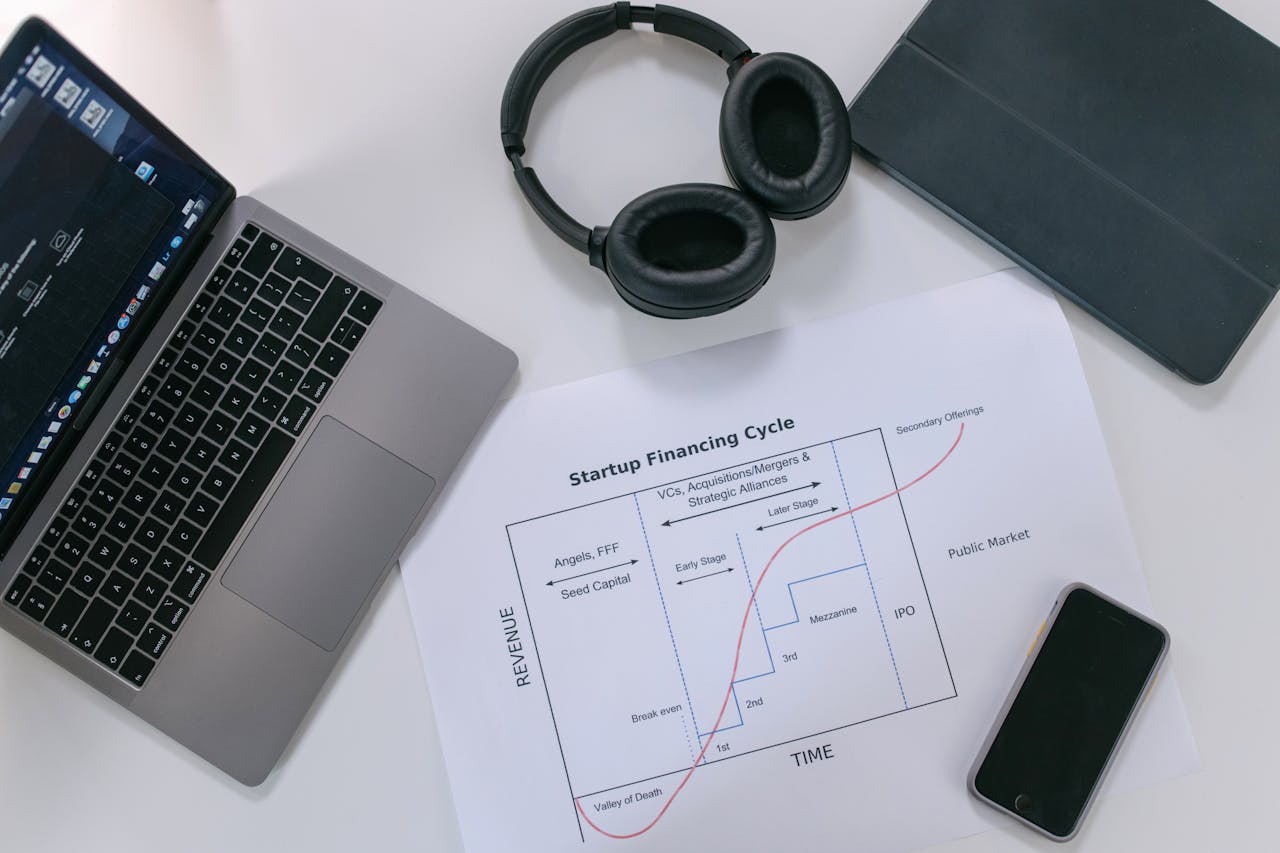Digital transformation promises a lot. Better efficiency. Better collaboration. More data. Smarter workflows. And companies are buying in. Cloud platforms, AI-enhanced software, remote collaboration tools, data visualization dashboards you name it, it’s being added to the stack.
But here’s the catch. Despite these upgrades, many companies still feel stuck. Tools are in place, but the workflows aren’t smoother. Costs go up, but returns are fuzzy. Teams bounce between apps that don’t talk to each other. Sound familiar?
This is a common story. In fact, a Forbes Tech Council report states that nearly 70% of digital transformations fail to meet their goals. Not because the tools are bad. Not because the teams are unmotivated. But the upgrades were layered over systems that weren’t ready to support them.
This post explores where things go wrong, how to spot early warning signs, what “digital readiness” really means, and how a trusted service can help your business build smarter before scaling bigger.
The Myth: ROI Comes From the Software, Not the Setup
It’s easy to think that if you choose the right platform (ERP, CRM, or collaboration suite), you’re setting yourself up for success. But the return doesn’t come from the software. It comes from how well your organization is set up to use it.
Here’s where many teams go wrong:
- You roll out a new tool to help your team and yet your data remains inconsistent—so the system can’t deliver insights or cross-functional value
- You deploy a data dashboard tool, but the underlying data sources aren’t integrated, leading to inaccurate or incomplete reporting.
- You implement a remote work suite, but your teams use different file storage solutions, and no one has a consistent process for sharing documents.
As Everest Global mentioned in their article, this is why so many IT investments fail to generate meaningful ROI. You can’t automate a broken process. You can’t visualize incomplete data. And you can’t modernize effectively if your foundation is still fragmented.
Red Flags That a Digital Upgrade Will Miss the Mark
You don’t need a systems audit to know if your next tech project might fall flat. If you’re experiencing any of the signs below, you’ve got some foundational work to do first.
1. Legacy Tools Still in Play
Are there older platforms or unsupported apps still tied into daily operations? These systems often prevent new software from integrating cleanly, and they pose security risks as well.
2. No Inventory of Digital Tools
If no one has a documented list of the software in use-along with ownership, purpose, and license status. It’s nearly impossible to plan clean upgrades or find overlaps.
3. Vague IT Ownership
If “who handles this system?” can’t be answered clearly for every platform, you’re likely to run into confusion, duplicate efforts, and unmanaged risk.
4. Workflow Silos
Different departments using different tools and storage methods without cross-team visibility? That’s a recipe for broken integrations, wasted time, and conflicting data sources.
If any of these ring true, that’s your cue to step back and assess your current digital landscape before pushing forward with your next big IT move.
What Digital Readiness Really Means (and Why It’s Often Skipped)
Here’s a tough truth. Digital readiness isn’t sexy. It’s behind-the-scenes work. It doesn’t demo well. And because of that, it’s often rushed or skipped entirely in the rush to “transform.”
But digital readiness is the only way to make sure your investment in new tech tools isn’t wasted.
| Infrastructure Preparedness | Tool Visibility & License Management | Security Foundations | Process Alignment |
| Are your servers, networks, cloud environment, and endpoints able to support the performance requirements of new systems? For example, moving to cloud-based collaboration doesn’t work if your users are constantly hitting connectivity issues or security warnings. | Do you know what you’re paying for? Are there tools you’re not using, or licenses floating around without clear owners? Overlapping tools drain the budget and confuse users. | Before you add more surface area to your stack, have you already enforced MFA? Are your backup solutions reliable? Are endpoints secure? A new platform without proper security practices just expands your risk. | Do teams use common workflows? Are files stored centrally and securely? Are tools integrated into daily habits, or just sitting unused? If your new tech isn’t mapped to how people work, it won’t stick. |
Digital readiness is about ensuring your systems and people can support the upgrade technically, strategically, and culturally. And without it, even the most expensive tool can fall flat.
When to Call in a Reputable Service Such as a Tech Consulting
There’s a point when your in-house IT staff (no matter how capable) needs a second set of technical eyes. And that point usually arrives just before a major change: cloud migration, new software or even hardware. Rather than relying on instinct alone, it’s smarter to engage a trusted service like an IT consulting solution—aligning long-term business goals with scalable infrastructure, system lifecycle insights, and strategic modernization. With the right technical guidance, business leaders can avoid missteps and move forward with confidence.
Here’s what that kind of service delivers:
A. Fresh, Unbiased Audit
Consultants come in without internal bias. They can spot gaps, inefficiencies, and redundancies you might overlook because “that’s how we’ve always done it.”
B. Infrastructure Assessment
They don’t just look at your apps. They dig into your network, devices, endpoints, access points, cloud usage, and data flows to understand whether your foundation can handle what’s next.
C. Roadmap & Prioritization
You’ll walk away with a clear, actionable plan: which systems to upgrade first, which tools to consolidate, which departments to train, and what security policies to apply.
D. Implementation Support
Many consulting partners stay through execution, supporting rollout, configuration, integration, and adoption to ensure what’s on paper actually works in practice.
An experienced IT consulting partner isn’t a luxury. They’re an investment in getting your digital growth done right, without costly rework six months down the road.
Final Note: ROI Is a Byproduct of Readiness, Not Just Spending
ROI isn’t something you unlock with the right tool. It’s something you build toward by preparing your environment, aligning your people, and planning with intention.
When companies skip over readiness, they overspend on tools that underperform. They onboard systems no one uses, they face security breaches from overlooked risks, and they spend more time managing digital sprawl than gaining digital advantage.
But when you take the time to assess, align, and act deliberately, your tools start working for you. Integrations connect. Teams collaborate. Data becomes visible. And systems support your growth instead of slowing it down.

